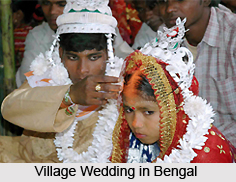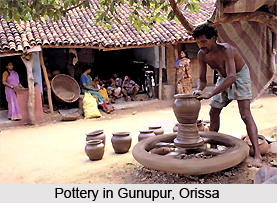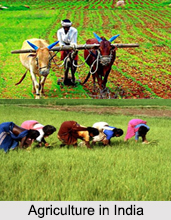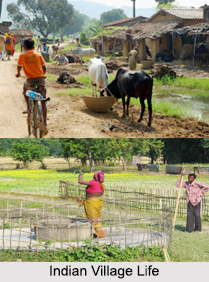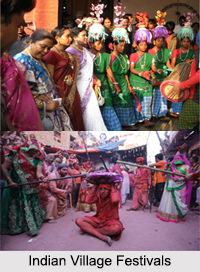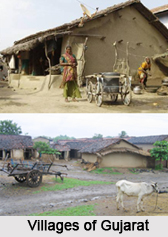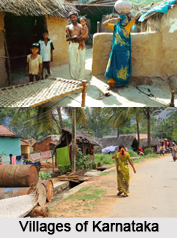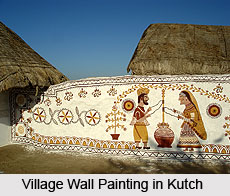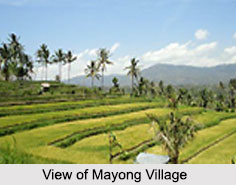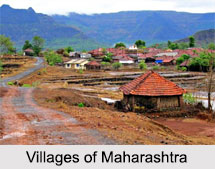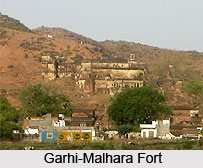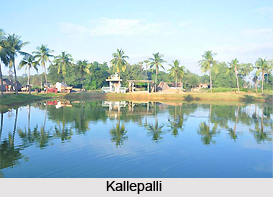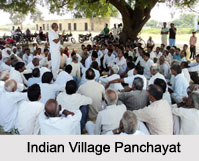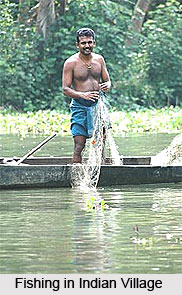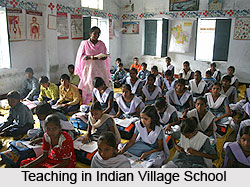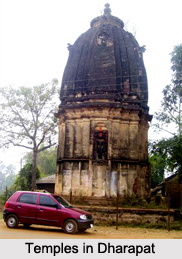 Dharapat is a village that came into existence during the golden age of Hindu kingdom and later came into the influence of Jainism in 6th Century BC. Dharapat is a place, where the temples are found in terracotta style where the Hinduism and Jainism inter mingled each other.
Dharapat is a village that came into existence during the golden age of Hindu kingdom and later came into the influence of Jainism in 6th Century BC. Dharapat is a place, where the temples are found in terracotta style where the Hinduism and Jainism inter mingled each other.
Location of Dharapat
Dharapat is located in Bishnupur subdivision of Bankura district in the Indian state of West Bengal. It is 12 kilometres (7.5 mi) north of Bishnupur town- the Temple Town of West Bengal.
History of Dharapat
Bankura district was once under the influence of Jainism and a number of Jain relics lie scattered in the district. Dharapat is place, where one can find a number of Jain relics. The Jain relics are also seen at villages Sonatapal, Bahulara, Dharapat, Harmasra and Lord Paresnath (near Ambiknagar) are now taken as Hindu relics and some of the intact images are daily worshipped as Hindu deities.
Temples of Dharapat
The temples at Dharapat and Bahulara villages have naked Jain images, which are known as "Nangta Thakur" or the naked deities. These deities are there along with Hindu deities.
According to a Bengali inscription in the main temple at Dharapat, it was built in 1694 or 1704. The idol is thought to be of Shyama Chand Thakur, commonly known as Nangta Thakur. The temple was built by Advesh, Raja of Dharapat. Barren women of the locality worship at the temple with the hope of bearing a child. The temple came up in place of a plastered laterite structure that had collapsed. The new temple has four small statues of flying lions on its four sides. There are three excellent stone idols in the temple - two Jain deities and Vishnu. All three are on the outer walls. There are a number of abandoned temples in the village. There are some stone relics in Dharapat. One of them, and a very interesting one, is a statue of Lord Parasnath that has been converted into a Lord Vishnu idol by carefully adding two hands. It obviously signifies the overpowering Hindu influence after the decline of Jainism in the area.
